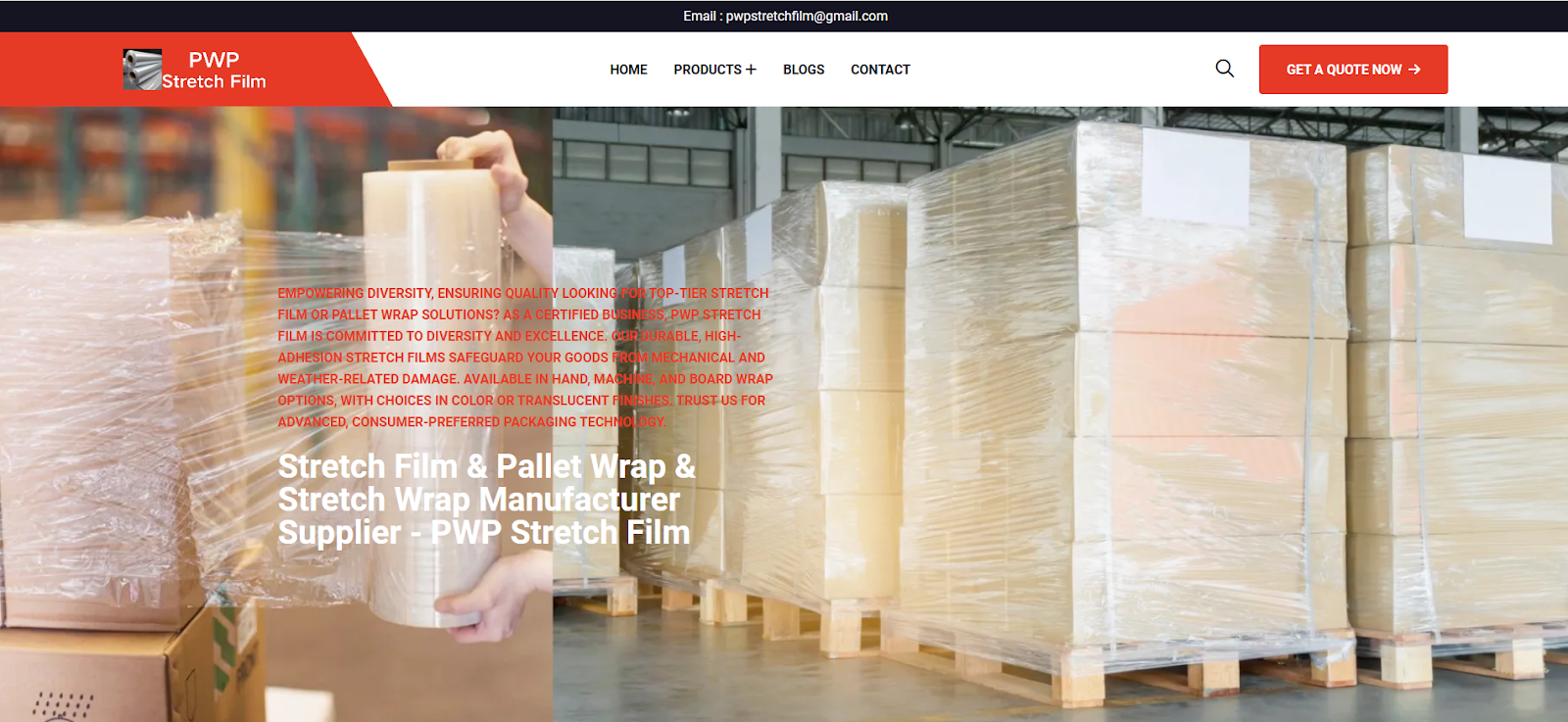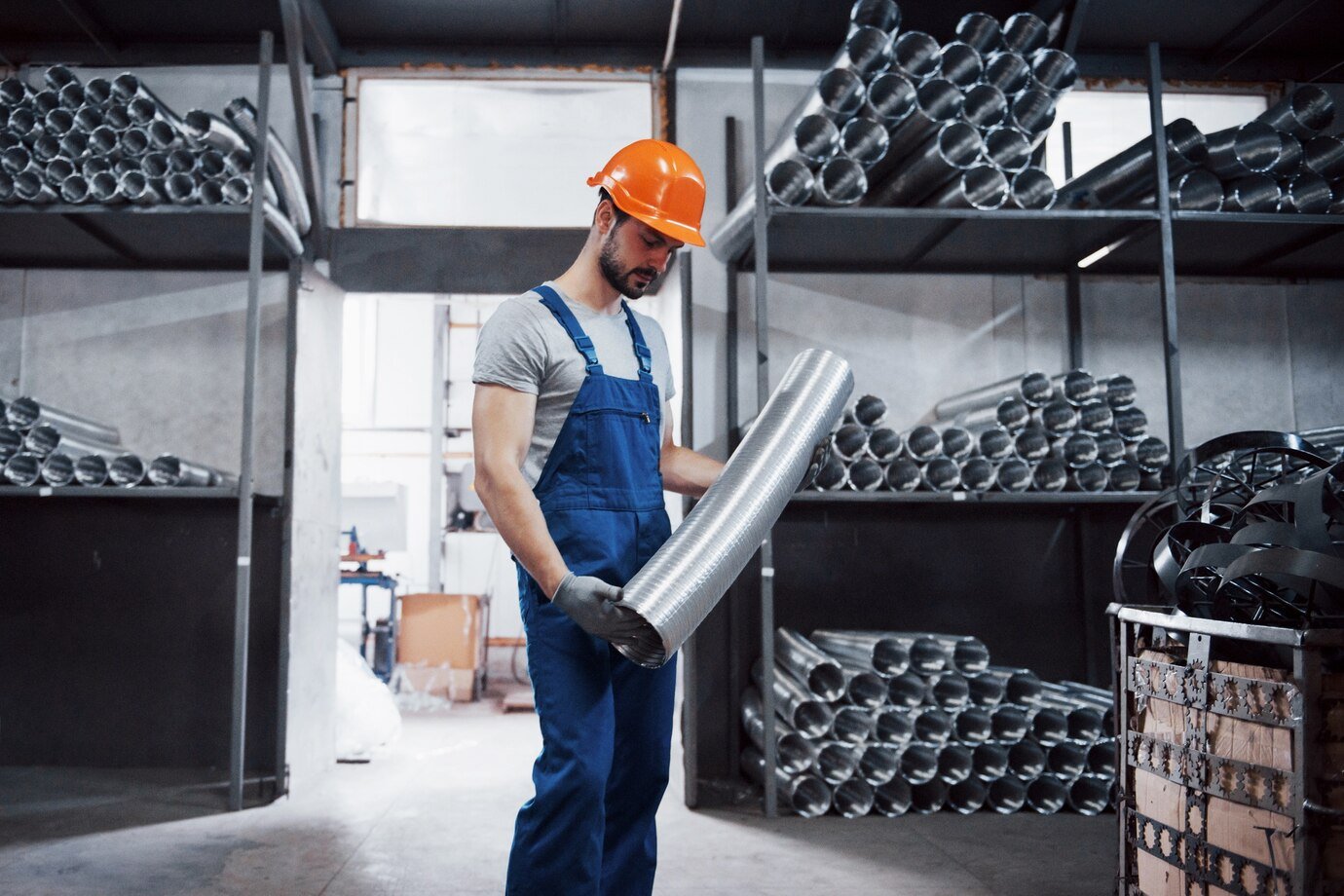Trends and Innovations
Cable ladder systems have evolved significantly over the years, driven by the need for better functionality, cost-effectiveness, and the ability to withstand demanding environments. As industries continue to advance, especially in electrical, construction, and data management sectors, cable ladders are also adapting to meet new challenges. Here are some key trends and innovations in cable ladder systems:
Integration with Smart Technologies
One of the most significant innovations in cable ladder systems is the integration of smart technologies. Cable management solutions are becoming increasingly sophisticated, incorporating sensors and monitoring systems to track the health and condition of the cable network. These systems can monitor factors like temperature, humidity, load, and even detect wear and tear. This enables real-time maintenance alerts and predictive maintenance, reducing the need for manual inspections and minimizing the risk of failure in critical installations.
For example, cable ladders in data centers can be equipped with sensors that monitor the temperature of cables, ensuring that overheating is detected early and preventing fire hazards. These smart cable ladders are also integrated with central management systems, providing operators with detailed data and analytics for improved decision-making.
Sustainability and Environmentally Friendly Materials
As environmental concerns grow, many industries are shifting towards more sustainable materials for their cable management solutions. Fiberglass, especially when made with materials like Chopped Strand Mat or Fiberglass Sheets, has become a preferred choice for many due to its lightweight, durable, and non-corrosive properties. Fiberglass-based cable ladders are particularly favored for their ability to withstand harsh environments, including areas with high humidity or exposure to chemicals.
Additionally, aluminum, known for its recyclability and lightweight nature, is gaining popularity as a sustainable alternative to steel in cable ladder manufacturing. These materials offer the same strength and durability as traditional steel but with a significantly lower environmental impact. As manufacturers focus on reducing waste and increasing energy efficiency in production, sustainable cable management products are becoming more common in construction and industrial projects.
Modular and Customizable Designs
The demand for more modular and customizable designs in cable ladder systems is increasing. Modular cable ladders allow for greater flexibility in installation and expansion. Contractors can easily adjust the configuration of the system as needed, reducing installation time and costs. This is particularly beneficial in projects where the cable management needs to evolve or expand over time, such as in large-scale commercial buildings or industrial facilities.
Customization options include varying widths, heights, and materials, with some manufacturers offering ladders made from fiberglass sheets or Chopped Strand Mat to suit specific environmental requirements. Some systems even allow for custom fittings, like angled corners, vertical risers, and curved sections, making cable ladder installations more adaptable to space constraints and the layout of the building.
Increased Focus on Fire Safety and Flame Resistance
With growing concerns about fire safety, particularly in data centers, industrial facilities, and commercial buildings, there has been a significant innovation in fire-resistant cable ladder systems. Many modern cable ladders are now designed with materials or coatings that offer better flame resistance and smoke reduction.
Fiberglass, when used with Chopped Strand Mat or Fiberglass Sheets, offers natural fire resistance due to its non-combustible properties. Additionally, some aluminum cable ladders are coated with flame-retardant paints or treated to enhance their fire-resistant capabilities. These innovations are crucial for meeting the rigorous fire safety standards in critical infrastructure, reducing the risk of fire hazards, and ensuring safer installations in areas with high electrical demands.
Lightweight and Durable Materials
The trend towards lightweight and durable materials continues to drive innovation in cable ladder systems. Aluminum has emerged as a popular choice due to its excellent strength-to-weight ratio, making it easier to handle and install compared to heavier materials like steel. Aluminum cable ladders are also corrosion-resistant, making them ideal for outdoor installations or in environments with high humidity.
In addition to aluminum, advanced fiberglass materials are being used in cable ladder construction. Fiberglass ladders made with Chopped Strand Mat offer superior resistance to corrosive elements like chemicals and moisture, making them ideal for use in challenging environments like chemical plants, wastewater treatment facilities, or coastal areas with salt exposure.
These lightweight materials not only reduce installation time and costs but also provide long-term durability, resulting in less maintenance and fewer replacements over the lifespan of the cable management system.
Hybrid Materials and Composite Ladders
An emerging trend in cable ladder systems is the use of hybrid materials or composite ladders. These ladders combine the best attributes of multiple materials to create a system that meets specific performance criteria. For example, some cable ladders feature fiberglass reinforced with metal inserts to combine the flexibility and corrosion resistance of fiberglass with the structural strength of metal. This innovation helps create cost-effective solutions without compromising on strength, durability, or performance.
Composite cable ladders are also gaining attention in industries like telecommunications, where weight, durability, and ease of installation are crucial. These systems are often designed to be lighter and more adaptable, making them ideal for installations where traditional steel or aluminum might be too cumbersome or impractical.
Improved Accessories and Add-Ons
The accessory market for cable ladders has also seen significant innovation. Cable tray supports, mounting brackets, elbows, connectors, and other add-ons are becoming more advanced, offering greater ease of use and better overall performance. For example, adjustable mounting brackets now allow for easier and more flexible installation, while modular connectors enable faster assembly and disassembly of cable ladder systems.
Moreover, some accessories are designed with built-in features to enhance cable protection, such as integrated cable covers or cable ties that help keep cables secure and prevent damage. These innovations help improve the overall functionality of cable management systems and contribute to longer-lasting and safer installations.
Integration with Building Information Modeling (BIM)
Another trend that’s gaining traction is the integration of cable ladder systems with Building Information Modeling (BIM) technology. BIM allows for the creation of digital models that accurately represent the physical attributes of a building, including cable management systems. With this technology, designers and engineers can plan, model, and visualize the installation of cable ladders within a virtual environment before the physical installation begins.
This innovation helps ensure that cable ladders fit within the overall design of a building, reduces errors during installation, and enhances collaboration between teams. It also allows for better planning of maintenance and future expansions, ensuring the cable management system can adapt to changes in the building’s infrastructure.





